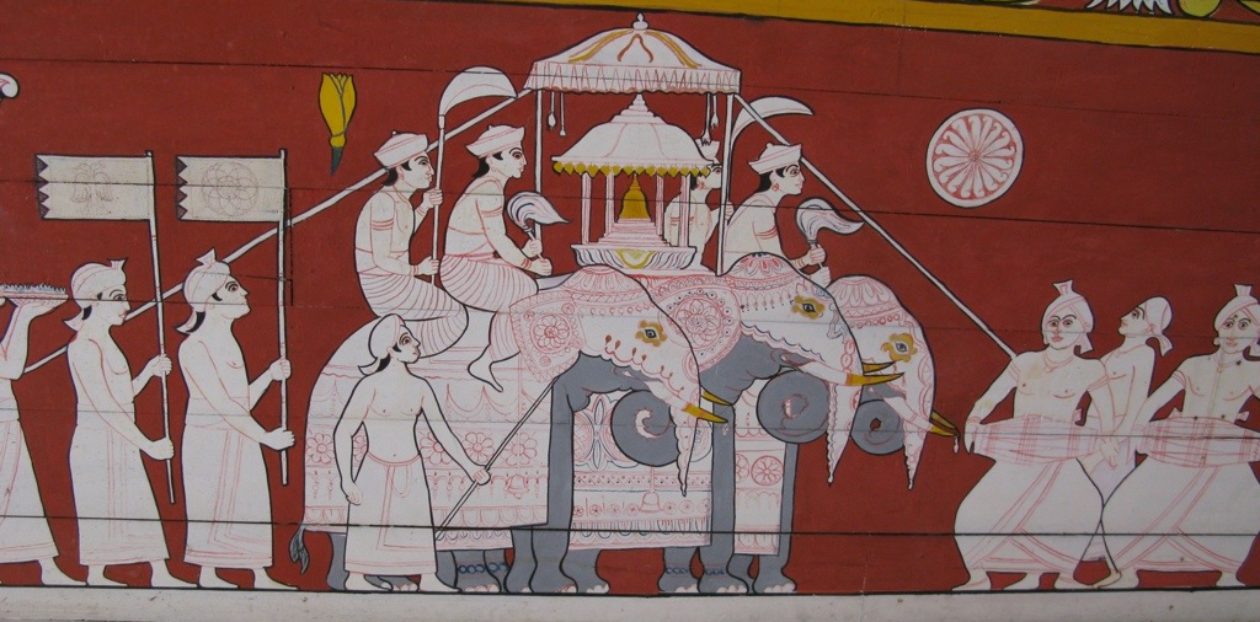Sunday 14 Feb 2016
Today we have a full day trip to Mullaitivu. I was keen to see this area as it was the LTTE stronghold and where the made their last stand in the civil war. The lagoon area called Nanthikadal was site of alleged massacre of civilians who were cornered and had no where to go during the final stages of the war. Along the way, there will be various sites from the war years that would be interesting, including a museum holding captured LTTE weapons. Prabhakaran’s bunker (apparently 4 stories underground), Sea Tiger training centre and other LTTE command centres are also in this area. We learnt from later from our van driver that most of these sites have been demolished by the government. We were also recommended to visit the famed Vattapallai Kannaki Amman Temple in Mullaitivu. Following Mullaitivu, we will make a trip to Vavuniya to visit Susie’s uncle.

From Jaffna we drove through Elephant Pass and to Kilinochchi. First stop was the Water Tower that was blown up by the LTTE during the final stages of the war.

Next stop was the Iranamadu Tank. This reservoir was built in 1902.

After more than an hours drive, we arrived in the town of Puthukkudiyiruppu which is home to a war museum that houses LTTE weapons and hardware. It was interesting to walk through this place and look at the various captured weapons on display. A lot of these weapons and equipment are improvised but have proven somewhat effective during the civil war.





After the war museum we headed towards Nanthikadal. To my disappointment, the contentious beach area was fenced off by the army with sentry posts at regular intervals. There were alleged human rights abuses here and the government was keen to keep the evidence away from prying eyes.


Going around the Nanthikadal lagoon we came to the famed Vattapallai Kannaki Amman Temple. Vattapallai is the area in which the temple is located. I am unsure about the history of this temple.



After the temple visit we made our way to Vavuniya to have a meal at Susie’s uncle’s place. We had a great meal and Susie’s uncle and aunt were warm and welcoming.
The drive back to Jaffna was about 2.5 hours and we arrived at the hotel at night.































































































































